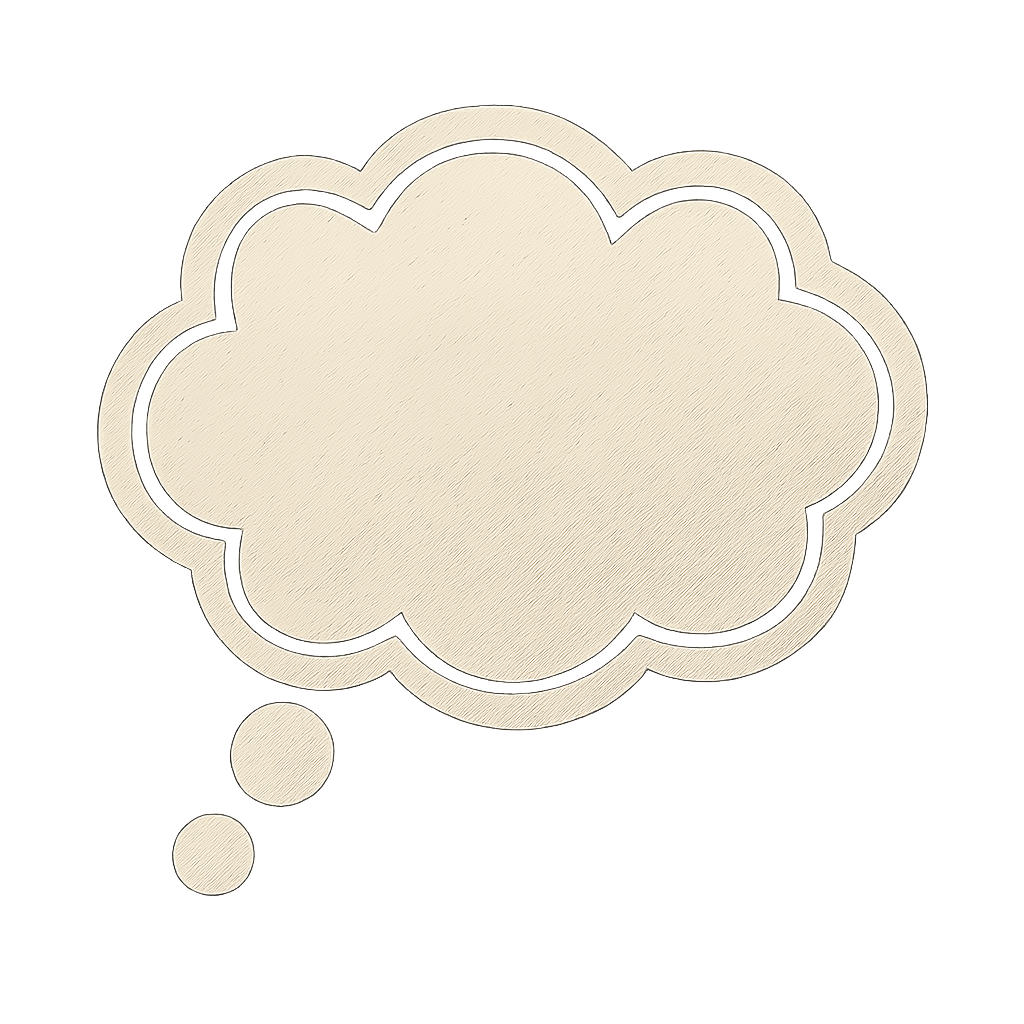The Foundations of Personality Typing
Based on Preferences

The MBTI is a well-known personality framework with 16 types (INFJ, ENFP, etc.), built on Carl Jung’s ideas of introversion vs. extraversion, intuition vs. sensing, thinking vs. feeling, and judging vs. perceiving. While many approach it for self-discovery, career insights, or just for fun, its real depth lies in the cognitive functions — the mental processes that drive how we perceive the world and make decisions.
The main focus is to learn, grow, and distinguish the cognitive functions, because once you understand them, everything else in the framework becomes much easier to learn and apply. Rather than simply “labeling types,” MBTI highlights inner dynamics, blind spots, and distortions that shape personality beneath the surface.
Though it isn’t a crystal ball, it offers a powerful lens for building self-awareness, understanding relationships, and even tracing cultural or societal patterns.
Preferences
| Letter | Stands For | Meaning |
|---|---|---|
| I | Introverted (Ni, Si, Ti, Fi) | Focuses inward, gains energy from solitude, prefers depth over breadth. |
| E | Extraverted (Ne, Se, Te, Fi) | Focuses outward, gains energy from interaction, prefers breadth. |
| N | Intuitive (Ne, Ni) | Focuses on patterns, abstract ideas, and possibilities. |
| S | Sensing (Se, Si) | Focuses on facts, details, and present reality. |
| F | Feeling (Fi, Fe) | Makes decisions based on values, empathy, and harmony. |
| T | Thinking (Ti, Te) | Makes decisions based on logic, consistency, and objectivity. |
| J | Judging (Fe, Te) | Prefers structure, planning, and closure. |
| P | Perceiving (Se, Ne) | Prefers flexibility, spontaneity, and openness. |
The 8 Function Attitudes

| Breaks systems down, refines logic, and questions definitions. | What They Constantly Do | How It Shows Up in Daily Life |
|---|---|---|
| Ni (Introverted Intuition) | Spot hidden patterns, run mental simulations, condense complexity into symbols. | Predicts outcomes early, trusts hunches, and focuses on trajectories more than present details. |
| Ne (Extraverted Intuition) | Brainstorms endlessly, leaps between connections, reframes problems. | Energetic, scattered, improvisational; generates ideas faster than follow-through. |
| Si (Introverted Sensing) | References past experiences, builds routine, notices small changes. | Reliable, detail-oriented, traditional; anchors groups with memory and consistency. |
| Se (Extraverted Sensing) | Immerses in the present, reacts instantly, seeks stimulation and action. | Bold, adaptive, pleasure-seeking; thrives on hands-on experiences and quick responses. |
| Ti (Introverted Thinking) | Structures tasks, seeks efficiency, and organizes people and resources. | Analytical, precise, detached; troubleshoots problems and spots inconsistencies. |
| Te (Extraverted Thinking) | Predicts outcomes early, trusts hunches, and focuses on trajectories more than present details. | Decisive, direct, productive; turns vision into measurable results, often takes charge. |
| Fi (Introverted Feeling) | Checks inner alignment, tracks subtle emotions, protects authenticity. | Gentle but firm in values; creative, principled, sometimes hard to explain logically. |
| Fe (Extraverted Feeling) | Reads the room, anticipates needs, harmonizes groups. | Warm, socially magnetic, diplomatic; can overextend themselves keeping everyone happy. |
4 Function Pairings

| Function Pair | What They Care About / Balance |
|---|---|
| Ti + Fe | Care about truth + people’s emotions — aiming for precision in thought and harmony in relationships. |
| Te + Fi | Balance results + personal conviction — driving toward efficiency while staying true to inner values. |
| Ni + Se | Juggle future vision + present experience — seeing long-term trajectories while grounded in immediate reality. |
| Ne + Si | Explore new ideas + familiar context — chasing novelty while anchoring it in memory, tradition, or stability. |

The 16 MBTI Types and Their Function Stacks
| Type | Dominant | Auxiliary | Tertiary | Inferior |
|---|---|---|---|---|
| INTJ | Ni | Te | Fi | Se |
| INFJ | Ni | Fe | Ti | Se |
| ENTJ | Te | Ni | Se | Fi |
| ENFJ | Fe | Ni | Se | Ti |
| ISTJ | Si | Te | Fi | Ne |
| ISFJ | Si | Fe | Ti | Ne |
| ESTJ | Te | Si | Ne | Fi |
| ESFJ | Fe | Si | Ne | Ti |
| INTP | Ti | Ne | Si | Fe |
| INFP | Fi | Ne | Si | Te |
| ENTP | Ne | Ti | Fe | Si |
| ENFP | Ne | Fi | Te | Si |
| ISTP | Ti | Se | Ni | Fe |
| ISFP | Fi | Se | Ni | Te |
| ESTP | Se | Ti | Fe | Ni |
| ESFP | Se | Fi | Te | Ni |

Main Function Roles
| Position | Role |
|---|---|
| Dominant | The most used and natural function—your mental “home base” |
| Auxiliary | Supports and balances the dominant function |
| Tertiary | Less mature early on, develops over time |
| Inferior | Least conscious; often a source of stress or aspiration |
***